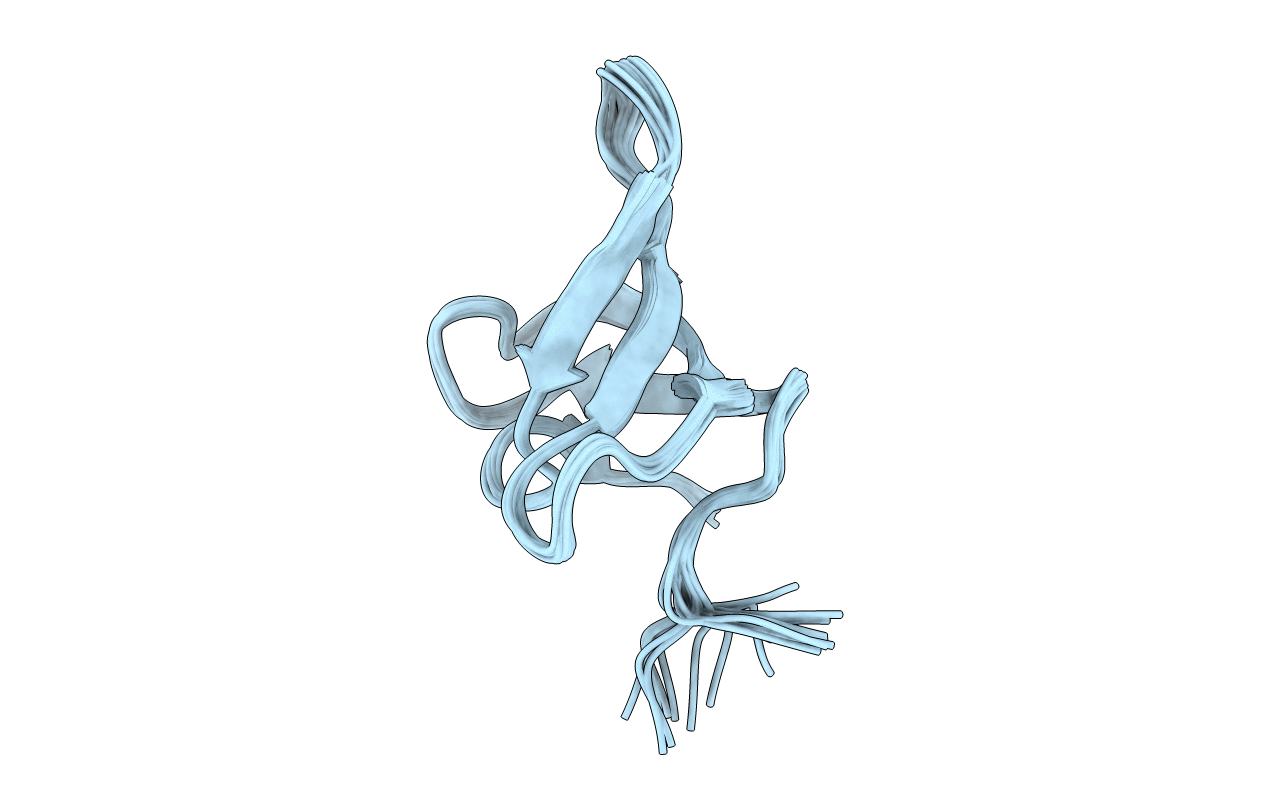
Deposition Date
2019-11-13
Release Date
2021-11-24
Last Version Date
2024-06-19
Entry Detail
PDB ID:
6TF4
Keywords:
Title:
Solution structure of RfaH C-terminal domain from Vibrio cholerae
Biological Source:
Source Organism:
Vibrio cholerae (Taxon ID: 666)
Host Organism:
Method Details:
Experimental Method:
Conformers Calculated:
80
Conformers Submitted:
20
Selection Criteria:
structures with the lowest energy


